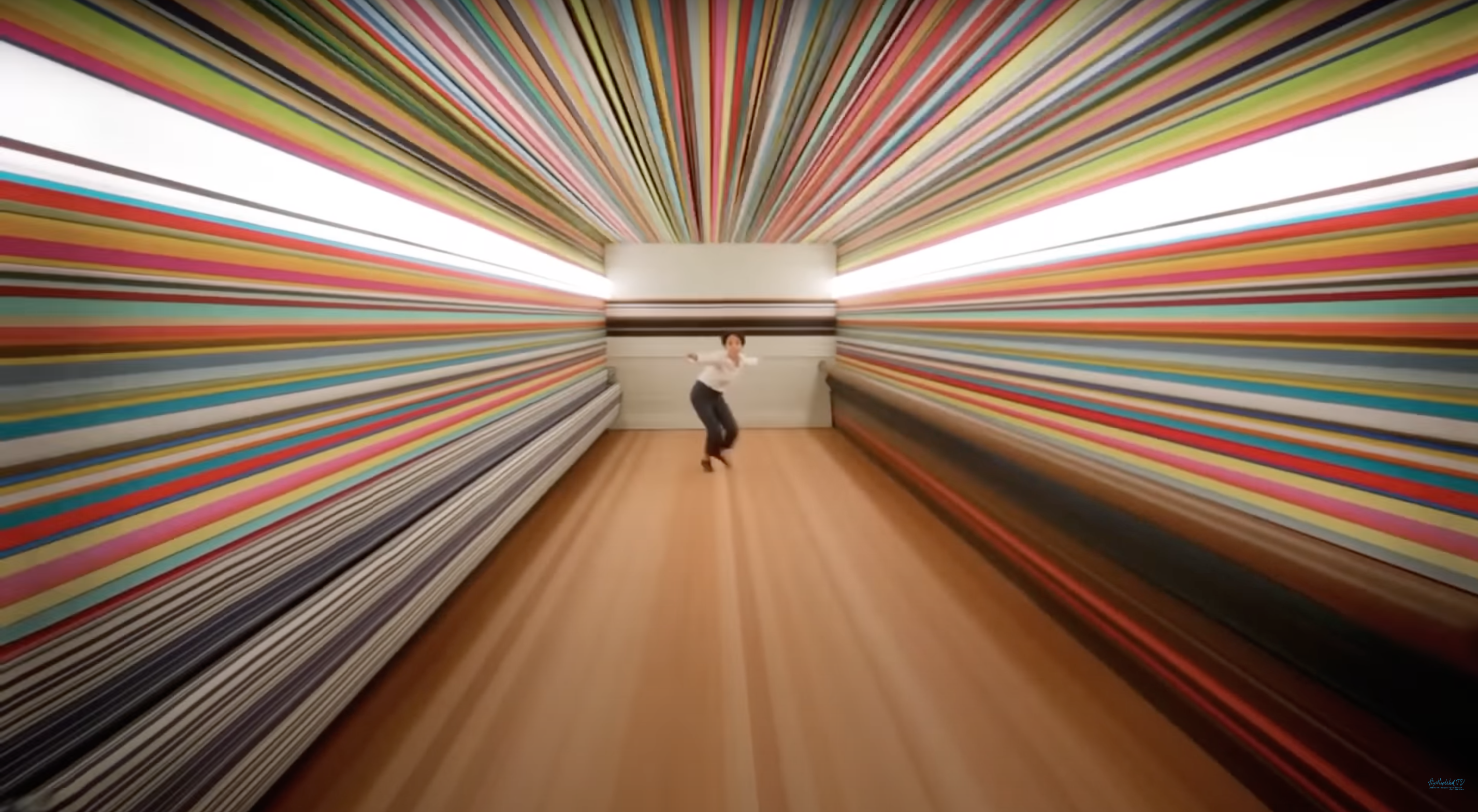We’ve all seen “that same kind of corporate video” with multiple interviews of people going on and on about a topic. Or maybe there’s a professional voiceover reading what sounds like a long brochure. It’s information overload. The visuals show people in grey office cubicles looking like they’re having a grand old time.
To be completely frank, it’s boring and it’s amateur hour. It’s like trying to have a conversation with someone who’s more focused on reciting a script than genuinely connecting. This approach, while common, often falls flat in capturing the audience’s attention and fails to convey the brand’s essence in a meaningful way.
In contrast, I believe there’s a powerful principle that can transform these lackluster videos into captivating experiences: The concept of “Show-Don’t-Tell,” in my opinion, is the cornerstone of effective visual storytelling in brand marketing, and in this post, I’ll explore how it can revolutionize the way you think about marketing your brand with video and turn your next campaign from amateur hour to best-in-class.
Understanding “Show-Don’t-Tell”
“Show-Don’t-Tell” is a concept that emphasizes the power of visual communication over explicit verbal or written exposition. It’s about letting the visuals, supported by sound and music, convey the message, emotions, and brand identity. Imagine a brand video that immerses you in its world, evoking emotions and leaving a lasting impression. That’s the power of “Show-Don’t-Tell.”
But here’s the real magic in my opinion. When you have the ability to “show” your audience parts of your story (in a powerful and cinematic way) that captures the true authenticity of your brand, you will make a much deeper connection with them as opposed to just telling them. For example, take a look at Apple’s “Welcome Home” video here:
This video is a testament to Apple’s commitment to innovation and design. With mesmerizing visuals and a captivating storyline, it immerses viewers in a world where technology seamlessly integrates with everyday life.
In contrast, if an Apple Executive was sitting reading you a bunch of endless information about how he thinks Apple is innovative and why you should believe him, or conveying all of the complex information in a talking head in an interview, which video would leave a lasting impression with you?
The Psychology Behind Visual Storytelling
It’s almost like the less you “say” and the better you “show” your audience who you are and what your value is to the world, the more believable and authentic it is for them. It also gives you the ability to be so much more inspiring and powerful with the words you actually choose to say in your video. You see, visuals, when captured beautifully and strategically, possess a unique ability to evoke emotions and forge connections. When viewers engage with a video on an emotional level, their brains process visual information faster and retain it longer. This is why an emotionally charged video can leave a deep and lasting impact, far beyond what words alone can achieve.
“Show” Through Symbolism and Metaphor
Another excellent example with a “Show-Don’t-Tell” approach is Nike’s “Dream Crazy”: This iconic ad featuring Colin Kaepernick is a masterclass in visual storytelling. Through a series of powerful visuals and minimal narration, Nike conveys a message of courage, determination, and social impact.
You can see that the Dream Crazy video emphasizes that the most powerful messages are often conveyed indirectly. Symbolism and metaphor allow you to communicate complex ideas or evoke strong emotions without explicitly stating them. The most successful brands use this technique to create videos that resonate deeply with their audience.
“Show” Through Authenticity
One of my favorite brand marketing videos is from a company that sells sugar water. Coca-Cola’s “Happiness Machine” is a fun and authentic story with feelings of joy, unity, and positivity. It’s a prime example of how a brand can tell a powerful story and convey its essence and authenticity through imagery and emotion.
Ask The Right Questions. Find The Right Partner
There are a lot of people and businesses claiming to do video well these days, and they claim to be “experts in video production”. Professional video equipment has never been more accessible to the masses, which has flooded the market with endless options and experience levels for you to choose from. It’s very confusing for businesses that haven’t worked with a video supplier before.
There are also a lot of “Video Marketing Agencies” popping up with a traditional agency approach – selling “gimmicks” like they have a “science-based formula to storytelling” that will solve all your marketing and business problems. My take on this – if there truly was a “science” to storytelling, I would ask these agencies to show me the real Key Performance Indicators (KPI’s) on video campaigns that have been developed with this approach.
Here’s my advice:
If you want to create a video or campaign specifically for marketing your brand on a best-in-class level, look for a partner that can speak this language and communicate a vision to you confidently and in a compelling way. Successful visual storytelling requires careful planning and execution. From strategy to storyboarding to post-production tweaks, every step counts. But it also takes years of experience, learned instinct into the human experience, and the emotional intelligence to create something truly outstanding. There’s a reason why you only see the biggest brands in the world doing this in a meaningful way.
So in your next agency meeting, when you start throwing out terms like “Show-Don’t-Tell” / Metaphor / Symbolism / Authentic Voice / Brand Essence and you get stares back like a deer in headlights, you might want to carefully explore your options a little further. 😉
In closing, “Show-Don’t-Tell” is more than a filmmaking technique; we believe it’s a philosophy that underpins powerful brand storytelling. By harnessing the visual medium to its full potential, brands can create videos that resonate deeply with their audience, leaving a lasting imprint in their hearts and minds. Embrace this principle, and watch your brand’s narrative come alive in ways you never thought possible.

